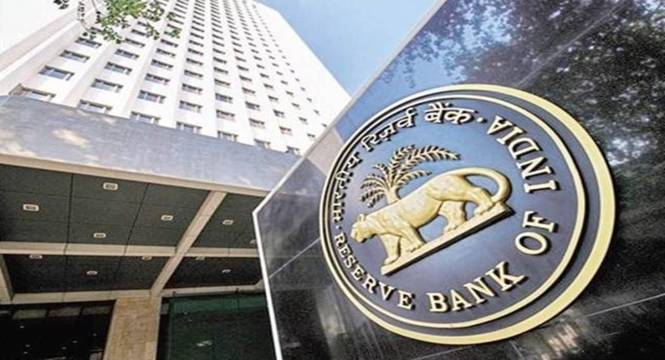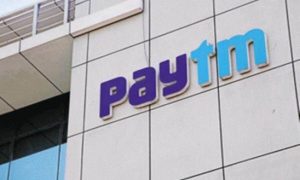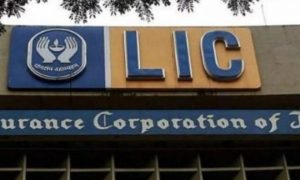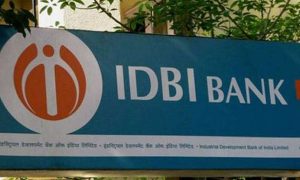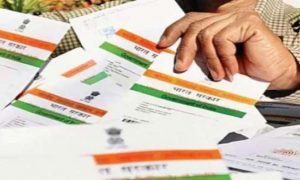RBI MPC: Experts believed that the Reserve Bank was likely to continue with the pause on the key interest,
RBI MPC: Amid expectations of another status quo on the key interest rates, Reserve Bank of India Governor Shaktikanta Das-headed high-powered rate-setting panel MPC on Thursday (August 10) announced that the RBI is not increasing key interest rate and kept the benchmark policy rate at 6.5 per cent (repo rate).
Read More: RBI introduces offline payment via UPI. Here is how you will benefit
The rate increase cycle was paused in April after six consecutive rate hikes aggregating to 250 basis points since May 2022.
The decision of the six-member Monetary Policy Committee (MPC) was announced after a 3-day meeting from Aug 8. In the last policy review meeting in June, the Reserve Bank of India had again hit the pause button and decided to keep the key benchmark policy rate (repo rate) at 6.5 per cent.
Repo rate and home loan interest
It is important to note that the impact of a repo rate hike or pause on home loan interest rates is not immediate. It can take some time for banks to pass on the lower repo rate to their borrowers. However, in the long run, a repo rate pause or cut will lead to lower home loan interest rates.
Experts see maintaining status-quo will have a positive impact on home loan interest rates. This is because the repo rate is the benchmark rate at which banks borrow money from the RBI. When the repo rate is low, banks can borrow money cheaply and lend it out at lower interest rates. This means that home loan interest rates are expected to remain stable.
Dr. Samantak Das, Chief Economist and Executive Director, Research, JLL India, said, “This third pause in policy rates continues to remain as positive news for the real estate sector with the residential segment carrying forward its growth momentum through successive quarters. Residential sales during H1 2023 grew by 21% y-o-y, yet another period of high growth. It is interesting to observe that residential sales have consistently reached new peaks in each successive quarter over the past year.”
“While home prices have also risen by 8-15% over the last twelve months, this increase is likely to be kept in balance by the countervailing forces of the unchanged policy rates. With interest rates holding steady, affordability synergies will continue to persist and thus support the homebuyer momentum and residential sales during the coming quarters,” Das added.
Home loans are structured such that the payments in the early years are mostly interest. When more of their payment is going to interest rather than principal, it will take longer for home buyers to build equity and own more of the home. It also means that they have a reduced opportunity to benefit from appreciation if they sell the property, because less principal has been paid off.
“Regarding home loans and direct impact on homebuyers’ EMIs, there would be no change as the floating rates would remain the same. It must be noted that it is more important to invest in real estate as opposed to trying to target a suitable time to get a loan/ buy a house, as rates and lending costs eventually even out over the entire average home loan tenure of 15-20 years,” said Boman Irani, President, CREDAI.
When the RBI repo rate increases, it becomes more expensive for banks to borrow money, and they typically pass this cost on to borrowers in the form of higher interest rates on loans. This, in turn, can lead to higher EMIs (equated monthly instalments) on loans.
The impact of a repo rate hike on EMIs depend on a number of factors, including the size of the hike, the base interest rate of the bank, and the term of the loan. However, in general, a repo rate hike generally leads to an increase in EMIs.
Anoop Kumar Bhargava, CEO & Director, Empire Centrum, said, “The real estate sector, which is witnessing a gradual recovery after the pandemic-induced slowdown, will benefit from this status quo as it will ensure that the home loan interest rates remain stable and affordable for the home buyers. We appreciate the RBI’s efforts to provide adequate liquidity and regulatory support to the housing sector, which is crucial for its revival and growth. We hope that the RBI will continue to monitor the situation and take appropriate measures to stimulate the demand and supply in the real estate market.”
Experts believed that the Reserve Bank was likely to continue with the pause on the key interest, as concerns on the inflation front and keeping the borrowing cost stable to maintain the economic growth momentum persist.
A recent report by Anarock found that affordable home buyers have been paying almost 20% more in their EMIs over the last two years. The floating interest rates for home loans up to Rs 30 lakh have jumped up from 6.7% in mid-2021 to nearly 9.15% today.
Read More: Petrol, Diesel Fresh Prices Announced For August 10: Check Fuel Rates In Your City
The report has highlighted that the total interest payable over a 20-year tenure is now more than the principal amount. If a buyer seeks to buy a property worth < Rs 40 lakh, factoring in the LTV (Loan to value) ratio, the total borrowed amount is Rs 30 lakh for a tenure of 20 years. In this scenario, the buyer would have paid an EMI of Rs 22,700 in 2021, when the interest rates stood at approx. 6.7%.
Experts were of the view that the central bank may continue with the pause on the repo rate as concerns on the inflation front and keeping the borrowing cost stable to maintain the economic growth momentum persist.
The borrowing cost, which started rising in May last year, has stabilised with the RBI keeping the repo rate unchanged at 6.5 per cent since February when it was raised from 6.25 per cent. Later, in the two bi-monthly policy reviews in April and June, the benchmark rate was retained.
BofA Securities in a report said it expects the RBI MPC to deliver a hawkish hold on August 10 while retaining the stance as withdrawal of accommodation.
“We don’t see the recent tomato price spike to push the MPC to hike rates right away, we have seen such episodes in the past,” it said.
The RBI is closely monitoring inflation figures, particularly in light of the recent significant surge in prices of essential food items, including vegetables, he said.
India’s retail inflation based on Consumer Price Index (CPI) rose to a three-month high of 4.81 per cent in June, mainly on account of hardening prices of food. The inflation, however, remains within the RBI’s comfort level of below 6 per cent. The inflation data for July will be released on August 14.
Read More: Railway recruitment 2023: Over 2.4 lakh vacancies in A, B and C posts
The last MPC meeting was held on June 6-8.
The MPC consists of three external members and three officials of the RBI. The external members of the panel are Shashanka Bhide, Ashima Goyal and Jayanth R Varma. Besides Governor Das, the other RBI officials in MPC are Rajiv Ranjan (Executive Director) and Michael Debabrata Patra (Deputy Governor).

